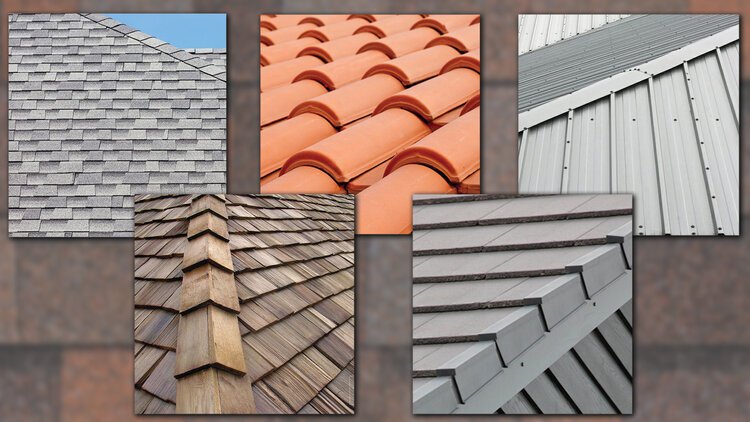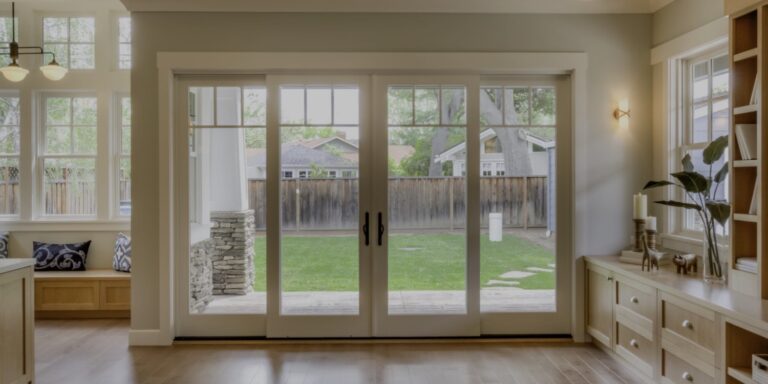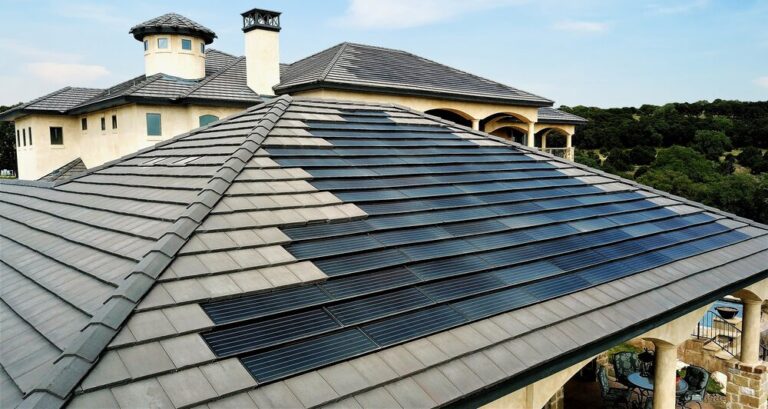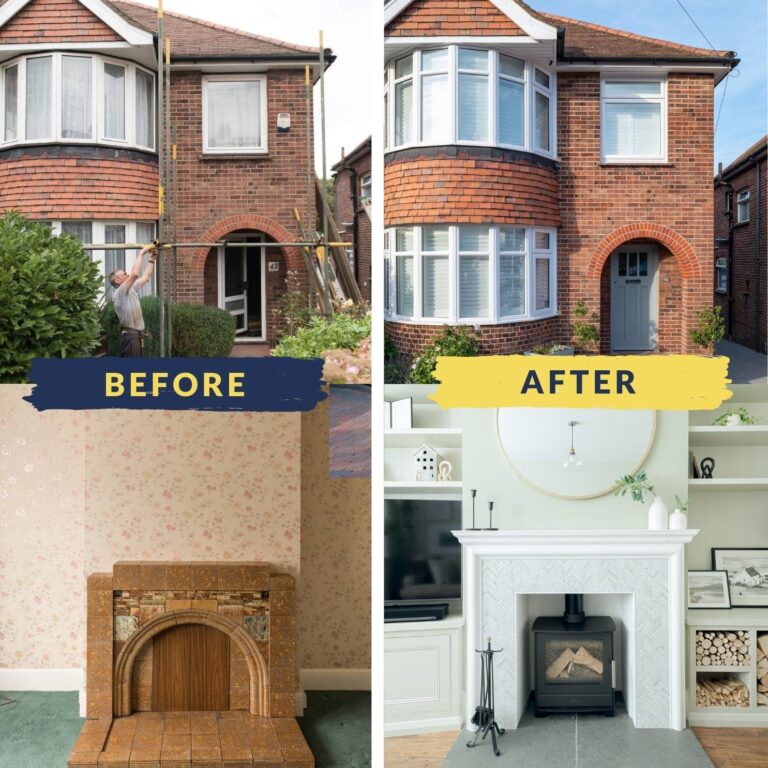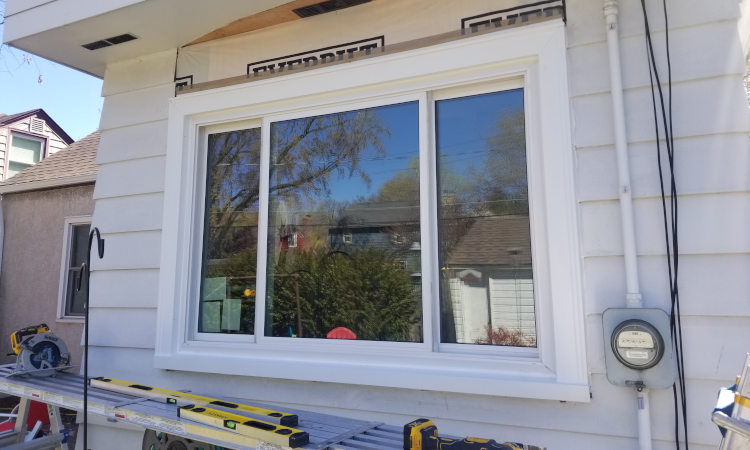Top 10 Roofing Maintenance Tips to Extend the Life of Your Roof
Your roof is one of the most important parts of your home, shielding you from the elements and keeping your interior safe and dry. But how often do you think about maintaining it? Regular roofing maintenance is key to ensuring your roof lasts as long as possible. Let’s dive into the top 10 roofing maintenance tips that can help extend the life of your roof.
Tip 1: Regular Inspections
Why Inspections Matter
Think of your roof like your car; regular check-ups can prevent major issues down the line. Inspections can catch small problems before they turn into costly repairs.
How Often to Inspect
Ideally, you should inspect your roof twice a year—once in the spring and once in the fall. Also, consider additional checks after major storms.
Tip 2: Clean Your Gutters
Impact of Clogged Gutters on Roof Health
Clogged gutters can lead to water backing up and seeping under your roof, causing damage to the roof deck and fascia. This moisture can eventually lead to mold growth and rot.
Steps to Properly Clean Gutters
Regularly remove leaves, twigs, and other debris from your gutters. Use a sturdy ladder and ensure your safety first. A gutter scoop can make this task easier, and don’t forget to check the downspouts for clogs.
Tip 3: Trim Overhanging Branches
Risks Posed by Overhanging Branches
Branches that hang over your roof can scrape and damage shingles during windy conditions. They can also provide a pathway for pests to access your roof.
Best Practices for Trimming
Regularly trim back any branches that are within six feet of your roof. Use proper pruning techniques to ensure the health of the trees and avoid damage to your roof.
Tip 4: Remove Debris from Your Roof
Common Types of Roof Debris
Leaves, twigs, and other debris can accumulate on your roof, especially in valleys and behind chimneys. This debris can trap moisture, leading to mold growth and roof deterioration.
Safe Methods for Debris Removal
Use a roof rake or a leaf blower to remove debris gently. Avoid using pressure washers, as they can damage shingles. Always prioritize safety when working on your roof.
Tip 5: Address Moss and Algae Growth
Causes of Moss and Algae Growth
Moss and algae thrive in moist, shaded environments. They can hold moisture against the roof surface, leading to damage over time.
Prevention and Treatment Techniques
Install zinc or copper strips near the roof ridge to prevent moss and algae growth. For existing growth, use a specialized roof cleaner and gently scrub with a soft brush. Avoid harsh chemicals that can damage shingles.
Tip 6: Ensure Proper Attic Ventilation
Importance of Attic Ventilation
Proper attic ventilation helps regulate temperature and moisture levels, reducing the risk of mold growth and extending the life of your roof.
Signs of Poor Ventilation
Signs include excessive heat in the attic, frost buildup in winter, and a musty smell. Ensure soffit and ridge vents are clear and functioning properly.
Tip 7: Check and Repair Roof Flashing
Role of Roof Flashing
Flashing is installed around roof features like chimneys, vents, and skylights to prevent water infiltration. Damaged or loose flashing can lead to leaks.
Identifying and Fixing Flashing Issues
Inspect flashing for cracks, rust, or loose sections. Seal minor gaps with roofing cement and replace damaged sections as needed.
Tip 8: Inspect and Maintain Chimney and Skylights
Potential Problems with Chimneys and Skylights
Chimneys and skylights are prone to leaks if not properly maintained. Check for cracks, gaps, and water stains inside your home near these features.
Maintenance Tips for Chimneys and Skylights
Seal any gaps with appropriate sealant, replace worn-out flashing, and ensure skylight seals are intact. Regularly clean skylight glass to prevent buildup of debris.
Tip 9: Replace Damaged Shingles Promptly
Signs of Shingle Damage
Look for missing, cracked, or curled shingles, as well as granules in your gutters. Damaged shingles can expose your roof to water damage.
How to Replace Damaged Shingles
Carefully lift the surrounding shingles, remove nails, and replace the damaged shingle with a new one. Ensure the new shingle is properly secured and sealed.
Tip 10: Hire a Professional for Annual Maintenance
Benefits of Professional Roof Maintenance
A professional roofer can spot issues you might miss and perform thorough maintenance tasks safely and effectively.
Choosing the Right Roofing Professional
Look for licensed, insured, and experienced roofers. Check reviews and ask for references to ensure you’re hiring a reputable professional.
Conclusion
Maintaining your roof doesn’t have to be a daunting task. By following these ten tips, you can significantly extend the life of your roof and avoid costly repairs. Regular inspections, cleaning, and addressing small issues promptly will keep your roof in top condition for years to come.
FAQs
How often should I inspect my roof?
You should inspect your roof at least twice a year and after major storms.
Can I clean my roof myself?
Yes, but always prioritize safety. Use gentle methods like a leaf blower or a roof rake.
What are the signs of a roof in need of repair?
Look for missing, cracked, or curled shingles, leaks, water stains, and debris in gutters.
How do I choose a professional roofer?
Look for licensed, insured, and experienced professionals. Check reviews and ask for references.
Is moss on my roof a serious problem?
Yes, moss can hold moisture against your roof, leading to damage over time. It’s best to address it promptly.
